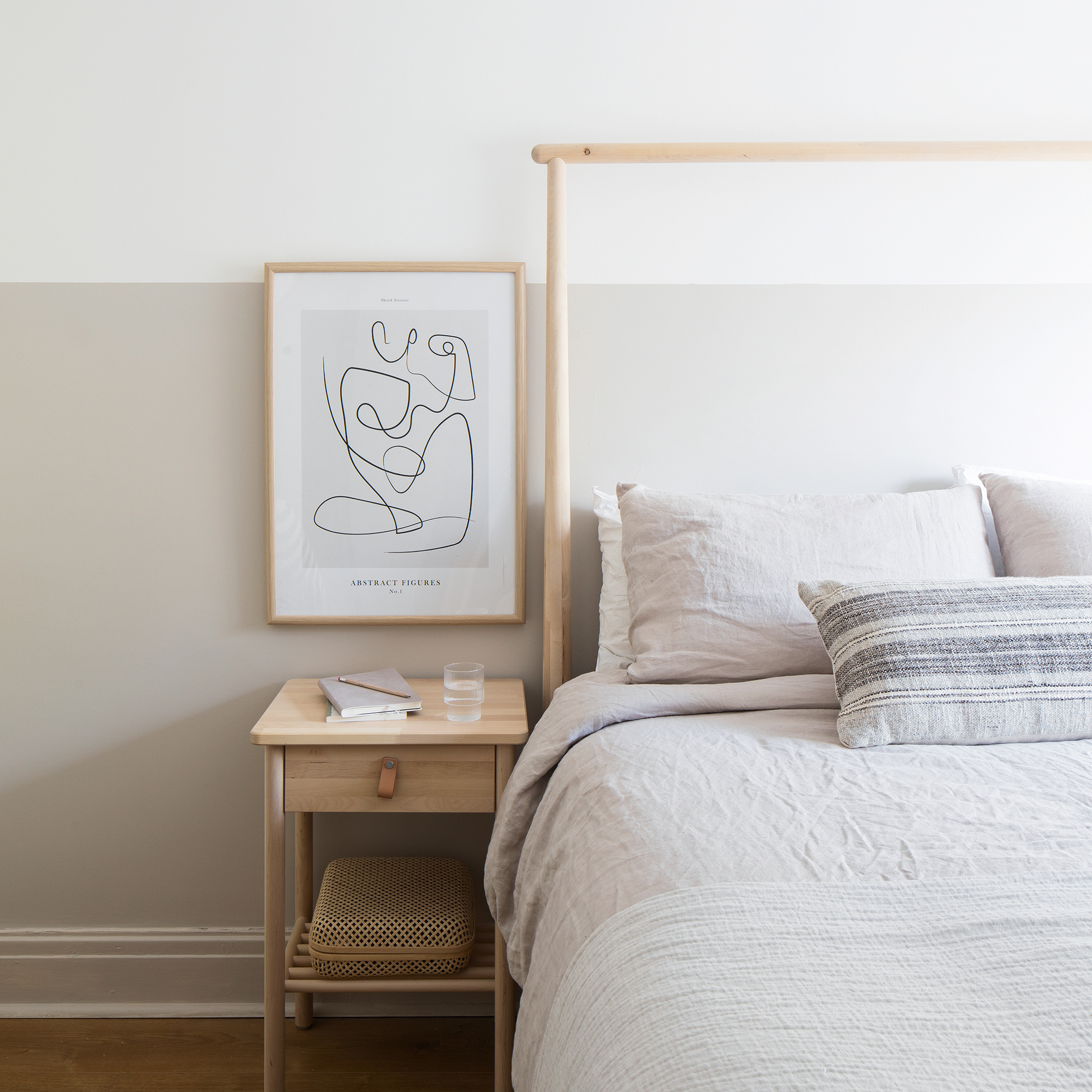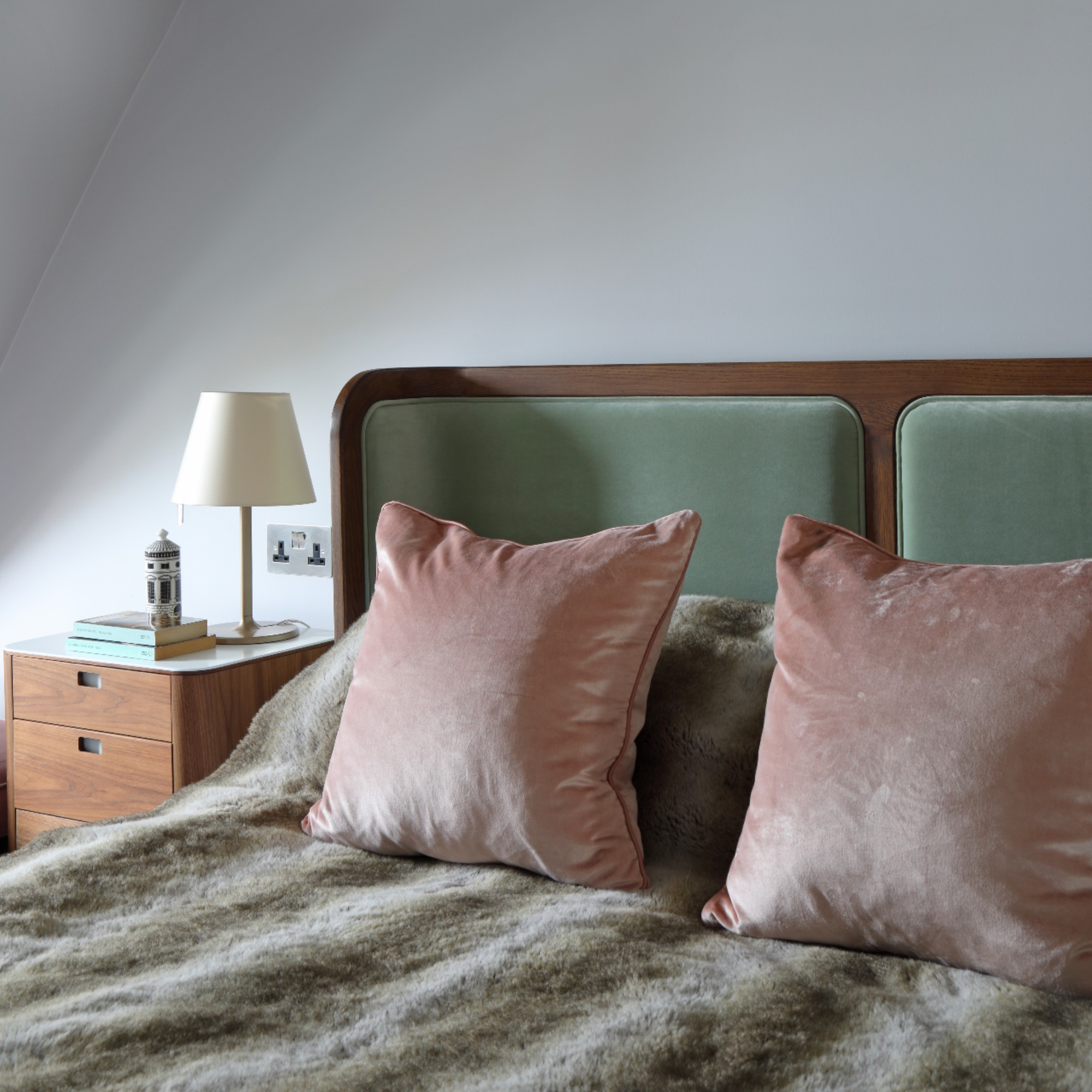Sleep expert issues safety warnings against this trending night-time buy
Here's how to use a weighted blanket safely


Weighted blankets have undeniably been a popular choice for those wanting to sleep better, promoting relaxation and calming effects. However, while they may be a trending sleep essential, you ought to be clued up on warnings issued by sleep experts regarding their use.
We've previously asked sleep experts the question 'do weighted blankets help with sleep?' and while the response was mostly positive, there are some important things to be aware of and precautions to take before just going off and buying the next best one on the market. Here's what the experts have to say.

How to use a weighted blanket safely
Try to avoid using one for more than 40 minute periods at a time
Right off the bat, this one may be surprising, especially as many are looking to sleep with their weighted blanket, therefore what should be a 40-minute period can turn into hours.
'Those who prefer to use a weighted blanket tend to report that they use it to help with self-calming and sensory regulation,' explains Dr Hana Patel, resident sleep expert at Time4Sleep.

'However, it is important to note that continuous use of the blanket can make us 'used to' the sensation, therefore it should not be used for longer than 40 minute periods at a time.'
It could come to a point where you no longer feel the effects of the weighted blanket, so use one sparingly for those particularly rough nights or in the evening when you're looking to wind down in a cosy living room before bedtime.
Remember not to go too heavy
'If someone decides to use a weighted blanket, it is important that it is heavy enough to be effective but not too heavy so it is uncomfortable to use or could possibly suffocate the user,' warns Dr Hana Patel at Time4Sleep.
Sign up to our newsletter for style inspiration, real homes, project and garden advice and shopping know-how
This will be different for everyone, so it's important to consider your own health circumstances and preferences, however, the general rule of thumb is that a weighted blanket should weigh no more than 10% of the individual's body weight.

The potential choking hazard
This one is more unlikely to happen in day to day, but the possibility should never be ruled out. Weighted blankets are in fact weighty due to the use of tiny little glass beads or pellets. Should you come across a defective one, this could be a hazard for children especially.
Ensure you're buying from a reputable retailer with consistent reviews of the weighted blanket's quality. And if you were after alternative ways to stay warm in the cold weather, consider having a snoop at our pick of the best electric blankets.

It's always advisable to exercise best practice for anything we invest in, so if you already own a weighted blanket, will you be taking further precautions now?

Jullia was Ideal Home’s Junior Writer from 2022-2024 and the Ideal Home Certified Expert in Training on Vacuums having spent over 60 hours testing different models. She’s always loved all things homes and interiors, graduating with a bachelor’s degree in Architectural Studies from the University of Nottingham where her love for writing blossomed following her internship at ArchDaily. Now focused on home tech and cleaning, Jullia works on writing features and explainers to help people make the most of their home appliance investments, putting the newest launches through their paces. When she isn’t writing, she loves exploring the city, coffee shop hopping, and losing hours to a cosy game or book.